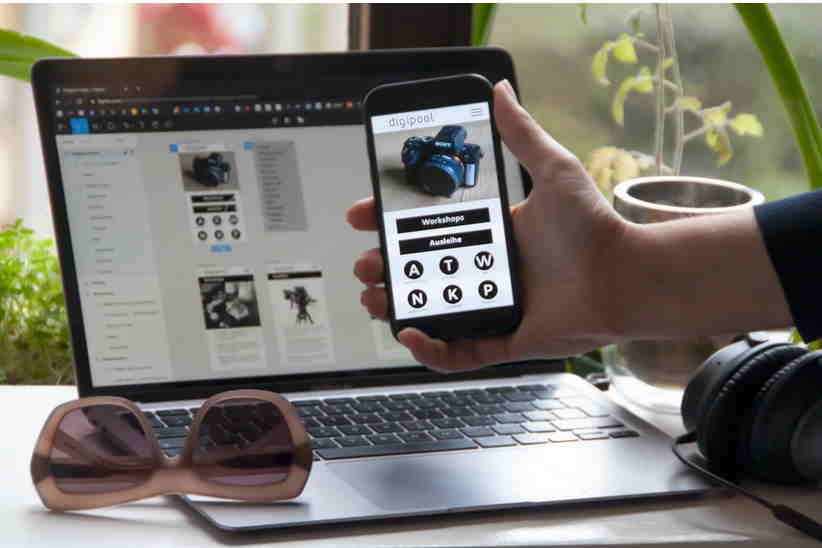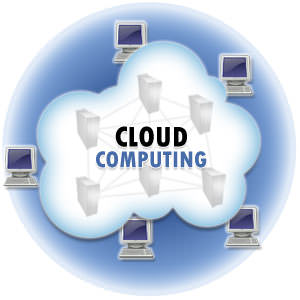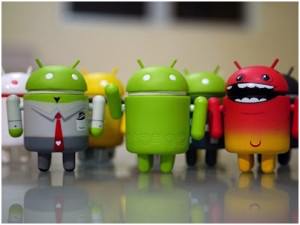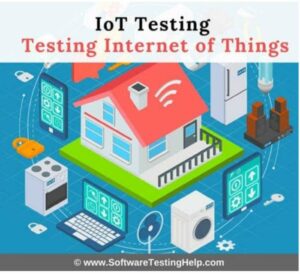5 Tips For Developing IoT Apps
Modern problems require modern solutions. And, when it comes to the expectations of new users, there are several smart mobile applications in demand. In addition, such an increasing user number has provided a significant opportunity for development companies to grow their business with IoT-based smart apps.
However, one requires a basic understanding of how IoT devices communicate data to IoT apps amid the cloud. Besides, the IoT value chain begins with specific home devices such as wifi, beacons, sensor devices, and commercial devices such as wearable devices or even smart meters.
Moving on, there are some primary pillars of IoT applications – Transport applications, Home Consumer applications, Health or body management apps, Mobility apps, Industrial apps, Buildings Infrastructure management apps, and small cities apps. So, let’s move onto five vital tips to develop an IoT application.

1. Select secure prototype hardware.
To begin with, a developer needs to select the proper prototyping hardware or board to develop a smart application. Such a board of action will help build an appropriate smart sensor device that depends on your IoT app requirements. Meanwhile, if you are looking for hardware prototype boards that are already available in the market, you have an option of selecting from various providers like Arduino, Raspberry pi 3, Master Of Things, Intel Edison, IoT Kit, and many more.
While no developer can make assumptions or predict which tech-based advancements or changes will allow such a smart application to take the next step, know that IoT application hardware can enable several growing potentials. This occurs by putting in various combinations of wireless, wired, and sensor technologies.
2. Opt for an adequate IoT app environment platform
Remember, an IoT platform can simplify the process of IoT application development since it can solve several challenging areas. Moreover, an IoT application platform allows one to concentrate on developing the solution because it tends to help in setting up the entire infrastructure.
When you build an IoT application, you may require an environment platform to manage every application’s development lifecycle. The entire IoT platform centralizes the app board in one specific area for the developer to connect the work and device into the system. Furthermore, a developer can also visualize and analyze every data making through the IoT prototype hardware and convert it into valuable data.
If you find it tricky to look for various platforms, try out VoT/B-Scada, MasterofThings, RioT, ThingWorx, and Xively. You must know that these platforms offer attributes like Anomaly Detection, real-time patterns, data simulators, predictive analytics, and contextualized options.
3. Identify your IoT analytics platform
IoT developers face many challenges while developing and building a specific IoT application for a particular organization. However, to make things simpler, one must incorporate IoT analytics platforms or hire an IoT application development company. It enables the one in charge to obtain specific processes that your data collected from the app.
Besides, an analytics platform can acquire data from various sources by utilizing several APIs. Such data differences can represent JSON and Binary formats, which tend to be a bit scalable. While it is challenging to look for specific analytics platforms, there are many like Splunk, Gruk, AWS IoT Analytics, Hadoop to analyze old information to offer an increased value through the information received and stored for several years. As a developer, you may also have the option of converting complex pointers from sensors and devices into insightful analytics information collected from such platforms.
4. Consider incorporating security features.
Since you are moving towards the end, security is one of the foremost factors you need to consider. This may not be the case earlier but is counted as a significant point of concern now. In 2021, new applications need to administer this right from the beginning. This comes with authentication and encryption features that are developed into every IoT device.
5. Opt for a gateway and device remote management platform
It is essential to know that such platforms were meant to be utilized to configure specific devices remotely. Since developing an IoT application poses several challenges, the use of a remote management platform can alleviate most of your hassles. This is because such platforms can help accommodate an increasing number of connected devices worldwide.
In the end, platforms such as AWS IoT device management can assist you with sizable onboarding figures of devices and managing billions of connected devices.








